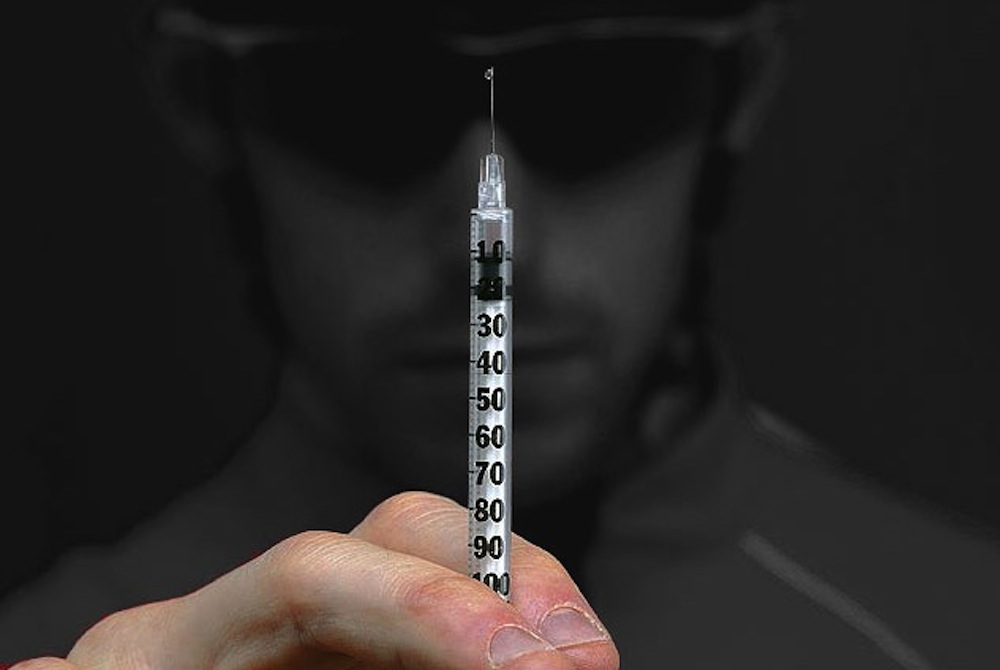

Paul Dimeo is one of a handful of academics, who was chosen to speak on the issue of “doping” at this year’s sports conference at Aarhus Univerisrty in Denmark this August.
Here’s an abstract of his latest research:
The formulation of anti-doping policy – as an idea and as a set of regulations – in the 1960s, set the foundation for the successes and failures of subsequent decades. The unintended consequences are varied and complex; it will be proposed here that many of them are the result of misguided attempts to achieve the unrealistic goal set out over 50 year ago: ‘clean sport’.
When the IOC and other international governing bodies sought to understand and regulate drug use in the mid-to-late 1960s, their chief concern was stimulants. Thus, the establishment of a test for amphetamines and other similar drugs seemed like a solution to the problem. ‘Clean sport’ was perceived as a realistic possibility through in-competition testing.
The ensuing steroid epidemic of the 1970s and 1980s was perhaps unforeseeable to the pioneers of the 1960s. Anti-doping leaders were facing an uphill struggle with few resources, against governments, suppliers, coaches and athletes, many of whom came to view steroids as a necessity and innovated in drug use and masking agents. Thus, the unintended consequence of the simplicity and idealism of the 1960s was the impotence of sports organisations in the face of a crisis.
The scandals of the late 1980s and 1990s pushed the issue into the public domain. The debate was framed by the same dichotomies of clean/dirty, good/evil, moral/corrupt; the idealism was persistent. Yet, in the attempt to enhance their powers and pursue a crackdown, numerous innocent athletes were punished, while the organised dopers could easily evade sanction.
By the time WADA was formed, the idealism of clean sport had inadvertently produced a highly contentious situation. However, in a desire to focus upon the only aspect they could control – the athlete’s body – WADA’s introduction of strict liability, excessive surveillance, and sanctions for non-performance-enhancing drugs, the consequence has been that the reason for anti-doping has been forgotten in the midst of de-humanising institutionalisation and over-bureaucratisation. Moreover, the only solution that can be proposed by WADA is for more funding for scientific research, more surveillance, more testing, tougher sanctions and tighter regulations; in other words, more of the same.
Yet, we are no closer to ‘clean sport’, and innocent parties continue to be victimized in a culture where following the rules is deemed more urgent than reflecting upon the nature of those rules or upon the traumas faced by those who are (rightly or wrongly) accused of doping. The unintended consequences of a consistent failure to live up to historical expectations include a whole raft of problems for sport: mistrust between stakeholders, lack of engagement with athletes, compliance inconsistencies, some dubious sanction decisions, and lack of transparency and accountability.
In sum, the principled aim of clean sport and a failure to deliver it, have, over time, metamorphosed into a ‘regime system’ that does not always meet the broader ethical ambitions of protecting the rights of athletes to compete on a level playing field.
– You can following Dr. Dimeo’s research and this year’s conference at the link below.
![]()
Dr. Paul Dimeo is a senior lecturer and Fulbright Scholar at the University of Stirling, whose area of expertise is related to drug use in sport and the development of anti-doping policies.
His research includes the prize-winning monograph, A History of Drug Use in Sport, 1876-1976: Beyond Good and Evil (Routledge, 2007).
In addition, Dr. Dimeo recently completed three projects funded by the World Anti-Doping Agency.
http://ph.au.dk/en/about-the-department-of-public-health/sections/sektion-for-idraet/forskning/forskningsenheden-sport-og-kropskultur/international-network-of-humanistic-doping-research/newsletters/june-2015/



